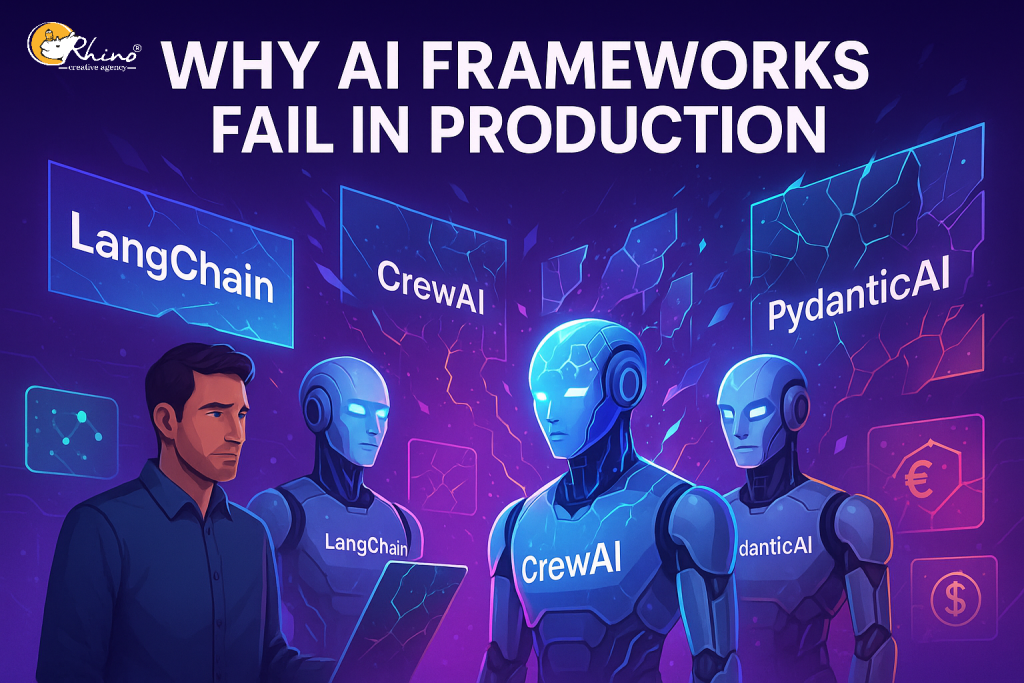Artificial intelligence (AI) frameworks like LangChain, CrewAI, PydanticAI, and others have gained immense popularity in recent years. They promise to simplify the development of applications powered by large language models (LLMs) and other machine learning systems. These frameworks often provide abstractions for chaining prompts, managing memory, structuring agents, or validating outputs. On the surface, they appear to solve some of the most complex challenges in AI integration. However, many teams discover that once these systems are deployed into real-world environments, they often fall short of expectations. Their failures in production highlight deep structural issues that go beyond simple coding errors.
1. Over-Abstraction and Complexity
Frameworks like LangChain provide layers of abstraction that can help beginners rapidly prototype LLM-powered applications. However, in production environments, these abstractions often add unnecessary complexity. Developers struggle with debugging opaque pipeline errors, hidden prompt mutations, or undocumented behaviors within agent chains. The frameworks, instead of simplifying development, end up obscuring the underlying model interactions, making systems fragile and difficult to maintain at scale.
2. Lack of Performance and Scalability
Most of these frameworks were designed with experimentation in mind, not high-throughput production systems. Latency, concurrency, and memory overhead become critical concerns when applications must handle thousands or millions of requests. For example, agent-based orchestration frameworks may spawn excessive processes, leading to cost overruns and bottlenecks. Without native support for caching, batching, and efficient parallelization, teams often find themselves rewriting or bypassing core components of the frameworks.
3. Poor Reliability and Determinism
Real-world production demands predictable outputs. Business applications cannot afford “hallucinations,” inconsistent results, or unexpected failures in data validation. While frameworks like PydanticAI attempt to enforce output schemas, they are limited by the probabilistic nature of LLMs themselves. Models can easily generate text that only partially adheres to the schema, leaving developers to write extensive post-processing logic. The frameworks advertise reliability, but in practice, they merely shift the problem downstream.
4. Integration Challenges
Production AI applications must integrate with existing infrastructure—databases, APIs, monitoring systems, compliance pipelines, and security frameworks. Most AI frameworks remain siloed, optimized for toy demos rather than seamless enterprise integration. For example, observability features such as tracing, logging, and error recovery are often primitive. This gap forces engineering teams to implement custom monitoring layers, reducing the value proposition of the frameworks.
5. Rapidly Changing Ecosystem
The pace of innovation in AI is outstripping the ability of frameworks to remain relevant. What was cutting-edge last quarter may feel outdated today. LangChain, for instance, initially dominated the orchestration space, but newer competitors quickly emerged with different paradigms. The result is that teams risk vendor lock-in with frameworks that may lose community support or evolve incompatibly with their production needs. This volatility makes long-term reliability difficult to guarantee.
6. Security and Compliance Risks
Production systems must adhere to strict standards of data privacy, compliance, and safety. Many AI frameworks provide little to no built-in support for compliance requirements such as HIPAA, SOC2, or GDPR. Handling sensitive data through unvetted orchestration layers can introduce vulnerabilities. Moreover, frameworks rarely provide robust guardrails against prompt injection, data leakage, or adversarial exploits—risks that can be catastrophic in enterprise contexts.
7. Mismatch Between Prototyping and Production
At their core, these frameworks shine as prototyping tools. They allow developers to quickly experiment with ideas, chain prompts, and explore novel user experiences. However, the jump from prototype to production is massive. Production requires monitoring, scalability, resilience, and governance. Teams often discover that they must strip away most of the framework and re-implement critical logic in-house to meet these requirements.
Conclusion
AI frameworks like LangChain, CrewAI, and PydanticAI offer a compelling promise: making it easier to build with LLMs and AI agents. Yet in practice, they often fail in production because they prioritize experimentation over operational rigor. Over-abstraction, lack of scalability, poor reliability, weak integrations, ecosystem volatility, compliance gaps, and the prototyping–production mismatch all contribute to their shortcomings.
Ultimately, these frameworks are best understood as accelerators for ideation, not as production-ready platforms. Successful teams treat them as scaffolding—useful for getting started but destined to be replaced by custom-built infrastructure tailored to the specific demands of production environments. In the long run, the organizations that thrive with AI will be those that recognize the limitations of such frameworks and invest in building resilient, transparent, and scalable systems beyond the hype.

